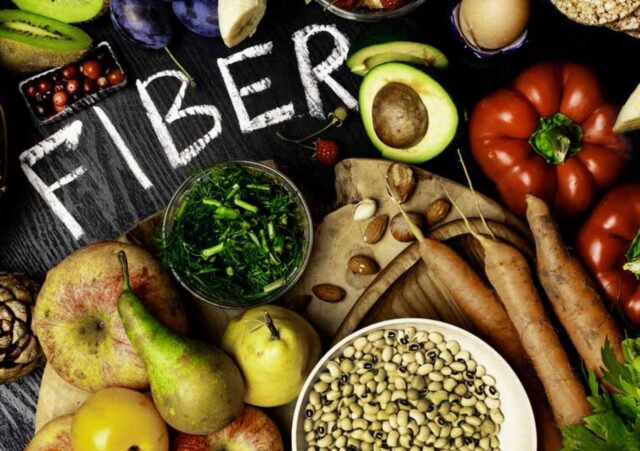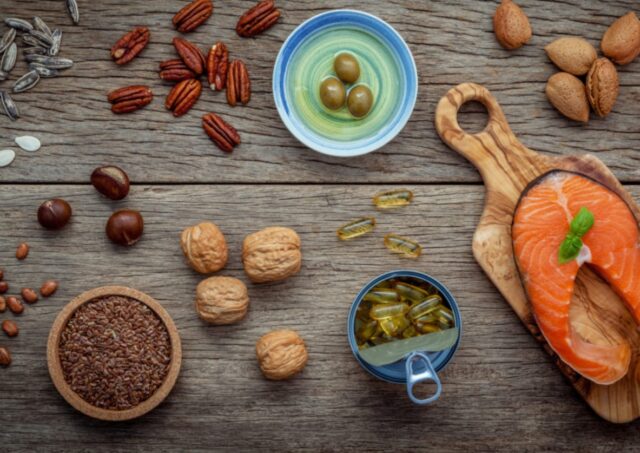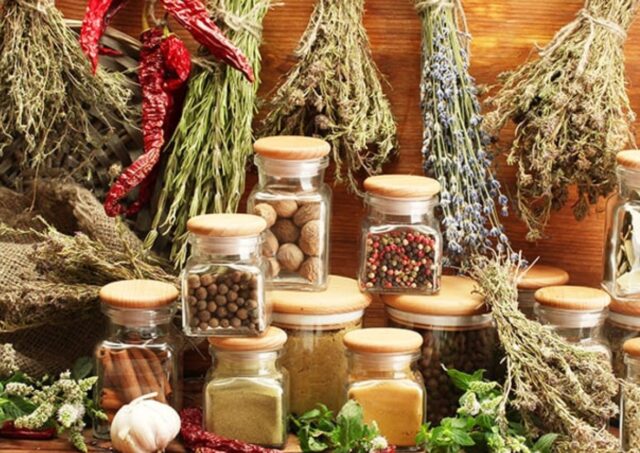
If you are not well versed in medicine, then you probably don’t know the following. Chronic inflammation is closely tied to almost all diseases, including various types of cancers, diabetes, and heart disease. This is nothing uncommon; it is just the way our body responds to infections and injuries. As you probably know, our organisms are capable of identifying injured areas where they ease the pain by releasing chemicals. The consequences are the healing that comes afterward. But, inflammation on its own is not a good thing. If it lasts for prolonged periods, it can cause permanent damage.
Luckily, there are ways we can reduce the inflammation of our bodies. One of the easiest is to modify our diets. There isn’t a specifically constructed diet that is universal for this condition, but there are guidelines you can follow. All you need to do is to eat fruits and vegetables on a regular basis. Unfortunately, this is something most people fail to do. We believe that it would be easier for you to do this if you have it sorted out in an article.
This is why we have compiled these five ways a change in diet can reduce your chronic inflammation – 2024 guide. Before we move to the list, we must say that there are, of course, other ways of handling inflammation, such as anti-inflammatory medicines like the one you can check out if you click here.
1. Up The Fiber

Many studies have proven that inflammation is best fought by eating foods rich in fiber. But this is not all. In addition, you can also prevent many diseases. Fiber can be found in many ingredients, including seeds, nuts, beans, vegetables, whole grains, and fruits. When you pick the fruits and vegetables to eat, chose as many colors as possible. Colorful fruits and vegetables are rich in phytonutrients, and beta carotene, which our bodies successfully turn into vitamin A. Grapes and vine is also highly recommended because of lutein, which also serves as an antioxidant. One thing you need to pay attention to is not to peel off the fruits and vegetables you’re eating as their skin is also rich in fiber. The ones you can eat whole you should never peel off.
If your favorites are leafy green vegetables, you’ve made a great choice, as they’re not only providing you with fiber but also with iron. Furthermore, a lot of fiber you can get by switching your diet to whole grains. Quinoa, oatmeal, brown rice, whole wheat bread are also excellent sources of fiber that you need to include in your diet. If you are looking for a lot of fiber and protein, you need to try out beans, nuts, and lentils. Our organisms are capable of breaking proteins from these products into amino acids, which are exceptional in fighting off infections and diseases. The ideal amount of fiber on a daily level is around 40 grams for men and 25 grams for women. Eating more won’t cause too many issues, but you should have a limit and not go overboard.
2. Don’t Forget Omega 3 Fatty Acids

We can’t stress enough how amazing are omega-3 fatty acids. They are highly capable of reducing body inflammation but are also adept in preventing heart disease. We should also mention that they positively affect our brain health. You should know that it is mandatory to intake these acids on your own, as our bodies do not possess a mechanism for producing them. This is why it is essential to make them a regular part of our diets. This shouldn’t be an issue as they can be found in many types of fish. The ones you should definitely try out include mackerel, salmon, herring, and sardines.
Furthermore, you can also find them in oysters, cod liver oil, and caviar. Omega-3 fatty acids are not only limited to fish and products of the sea. They are also an essential part of flax seeds, chia seeds, walnuts, and soybeans.
3. Avoid Red Meat

It’s not like you need to stop eating red meat altogether, but reducing it could be wise. It has been proven that eating red meat can be a cause of inflammation. This is why it is important to be moderate with the consumption of red meat. Instead, it would be best if you replaced it with as much fish as possible. Beef can be replaced with salmon, while pork can be substituted with cod or halibut. Lentils and beans are also used to replace red meat in your diet.
4. Use Herbs and Spices

It is known that herbs and spices are useful against inflammations. Considering that they are mostly used in the kitchen, it is easy to make them a part of your diet. You’ve been using them before, but you just might miss on some that could be truly helpful when dealing with inflammation. You can use both fresh and dry spices and herbs. One thing you need to remember is that salt is a big no-no. Today, the market is oversaturated with various herbs and spice, so we’ll focus on those that have a proven effect on inflammation. The best anti-inflammatory herbs and spices are cinnamon, garlic, ginger, and turmeric.
5. Use Probiotics

Yes, you can argue that they’re not a natural solution, but they nonetheless aid our health. Our intestines need these healthy bacteria for better functioning. According to various studies, microbiomes in our bodies differ widely when we are healthy and when we are sick. To remain healthy, you’ll be wise to consume probiotics as a regular part of your diet. They can be found in various ingredients, including kefir and Greek yogurt. All types of yogurt have probiotics, but the Greek version is also rich in protein. Most dairy and fermented products have probiotics in them, so make sure you consume them as much as you can.
Conclusion
As you can see, diet can affect chronic inflammation, but you need to take it slowly—one step at a time. We’re not saying that you need to start overeating with anti-inflammatory foods after not eating them at all. You don’t need a drastic change. As we said, small changes will take you on the higher road.









